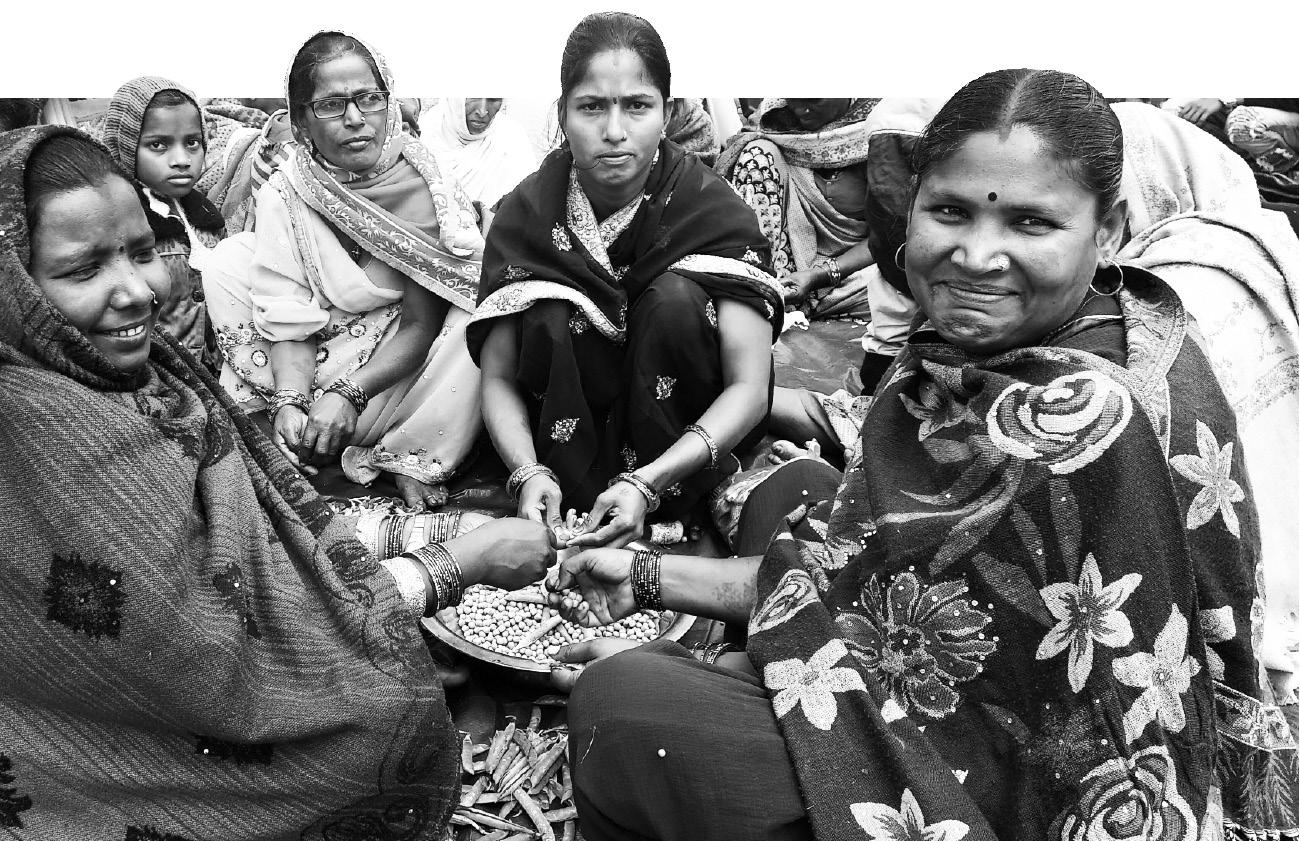
1 minute read
CURLY QUESTIONS

How Do We Decide Who Comes to Australia?
Advertisement
One Sunday morning in December 1977, a boat carrying refugees fleeing violence in their homeland, Vietnam, sailed into Darwin Harbour.
They had survived treacherous seas, merciless pirates, and the despair of being towed into international waters by countries unwilling to embrace them. In Darwin Harbour they were met by two fishermen in a tinnie, who drew alongside their boat and with outstretched arms shouted, ‘G’day mates. Welcome to Australia!’
Years later one of the refugees on that boat, Hieu Van Le, commented, ‘We were stunned by the warmth and good nature of this laconic welcome. And that one moment has left a lifelong impression on me. My personal navigation to Australia had been a combination of dark circumstances, accidents, fear, despair but most of all, of hope. At another time, in another place, a traveller such as me might have been greeted with fear or hostility, but at that time, in this place, what greeted me was a remarkable generosity of spirit.’
Almost 40 years later, in June 2013, another boat carrying refugees fleeing violence in their home countries sailed into Australian waters, but found neither welcome nor generosity of spirit. Australian governments had grown increasingly uneasy about boats carrying refugees and decided they must be stopped at almost any cost.
Today we are among those nations that turn refugee boats away, preferring instead to welcome a select number of refugees who arrive in ways that we control and approve. Our ordered and controlled approach sits uncomfortably with a world in which refugee flows are large and unpredictable. Think of the millions flowing out of the Ukraine today, of the images of Afghan people desperately trying







